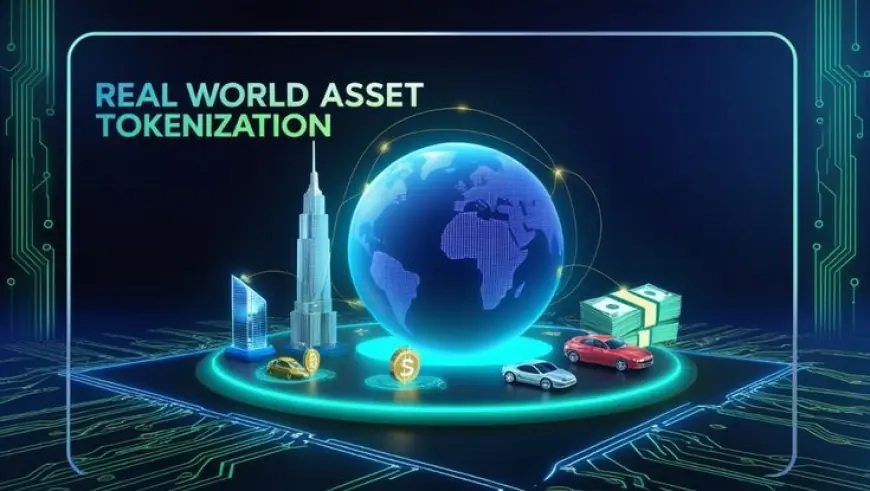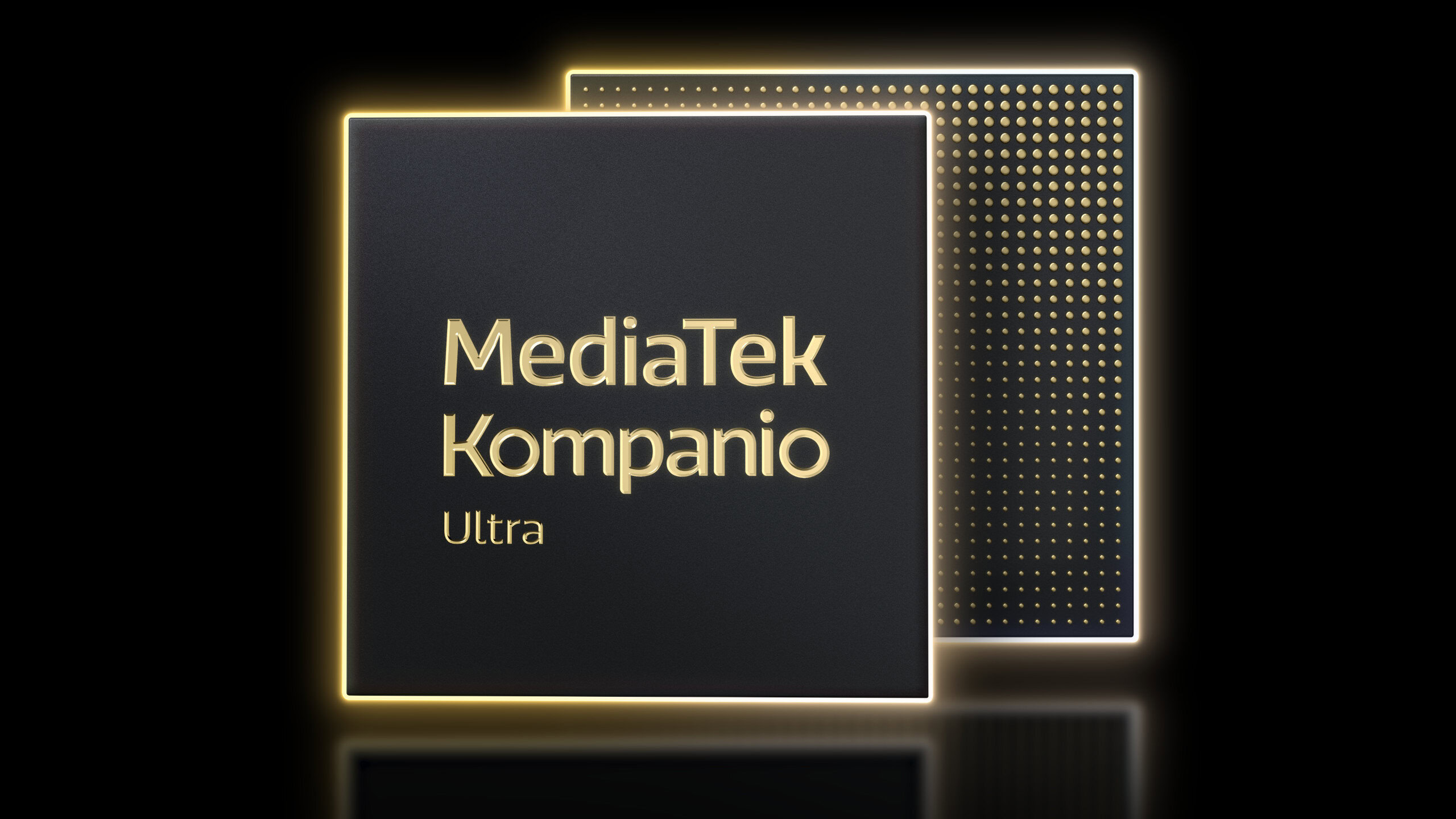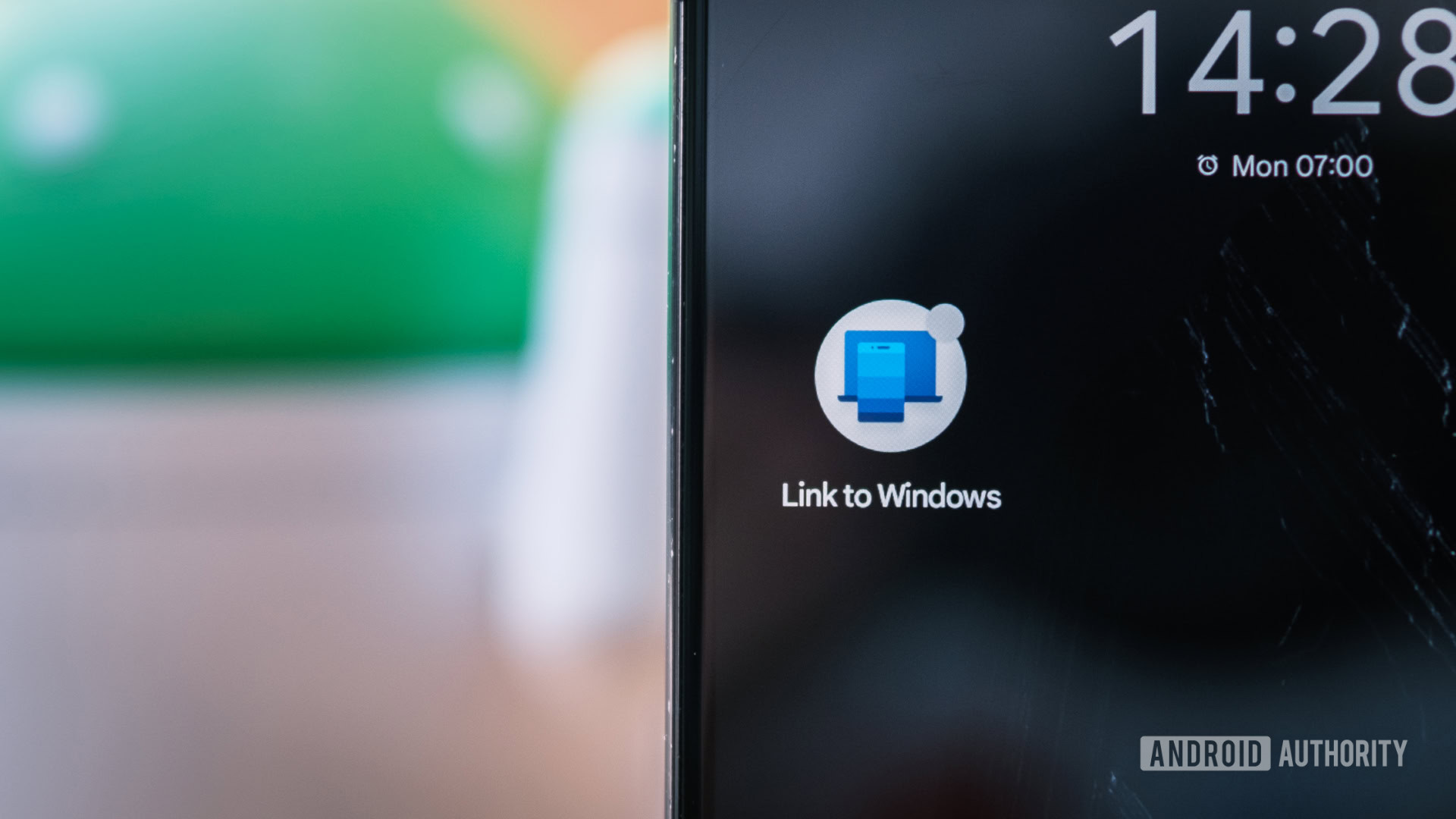Transforming Art and Collectibles: The Impact of Asset Tokenization on Ownership

The art and collectibles market is undergoing a revolutionary transformation, thanks to asset tokenization. By leveraging blockchain technology, physical and digital assets can now be fractionalized into tradable tokens, democratizing ownership and expanding access to high-value items. In 2025, the global asset tokenization market is projected to surpass $4 trillion, with art and collectibles representing a significant portion of this growth.
For artists, collectors, and investors, asset tokenization offers new avenues for liquidity, transparency, and security. Whether you’re looking to invest in rare paintings, sculptures, or digital collectibles, understanding how tokenization is reshaping ownership is essential in today’s evolving market.
What is Asset Tokenization?
Asset tokenization is the process of converting real-world or digital assets into blockchain-based tokens. These tokens represent fractional ownership, allowing multiple investors to hold shares of a high-value item. For example, instead of one collector purchasing an entire Picasso painting, multiple investors can own fractional shares, making the asset more accessible and liquid.
Tokenized art and collectibles are securely stored on the blockchain, providing a verifiable and immutable record of ownership. This reduces the risk of fraud and makes provenance verification more transparent and reliable.
How Asset Tokenization is Redefining Art Ownership
1. Fractional Ownership and Accessibility
Traditionally, investing in fine art or rare collectibles required substantial capital, limiting participation to high-net-worth individuals. Asset tokenization breaks this barrier by enabling fractional ownership. Smaller investors can now participate in the art market by purchasing shares of valuable pieces, diversifying their portfolios without the need for millions in capital.
This democratization of ownership is attracting new participants to the art market, boosting liquidity and driving growth. Art tokenization platforms are making it easier for collectors to diversify their holdings and for emerging artists to gain exposure by selling tokenized versions of their works.
2. Enhanced Transparency and Provenance
Forgery and provenance disputes have long plagued the art industry. Blockchain-powered asset tokenization solves this issue by providing a transparent and immutable record of ownership. Each tokenized asset contains detailed information about its origin, transaction history, and authenticity.
This level of traceability reduces the risk of counterfeit artworks entering the market, offering greater security and confidence to buyers and sellers alike. With asset tokenization development services, businesses are creating platforms that ensure seamless and verifiable asset tracking, enhancing trust and credibility in the industry.
3. Increased Liquidity and Market Efficiency
Art and collectibles have traditionally been considered illiquid assets, as they often require time-consuming sales processes. Tokenization solves this problem by enabling fractional shares to be bought and sold on secondary markets.
Investors can trade their fractional tokens more easily, bringing greater liquidity to the market. This increased market efficiency makes it simpler for both collectors and investors to capitalize on market trends and adjust their holdings with minimal friction.
Tokenization in the Digital Collectibles Market
Beyond traditional art, tokenization is fueling the growth of digital collectibles, particularly through non-fungible tokens (NFTs). In 2025, the NFT market is expected to exceed $80 billion, with tokenized digital art and collectibles driving a substantial portion of this growth.
Digital artists can tokenize their creations, providing verifiable ownership and royalties through smart contracts. Collectors benefit from transparent ownership rights and the ability to trade digital collectibles on decentralized marketplaces.
Asset tokenization development companies are driving this shift by creating platforms that allow creators to tokenize, list, and sell digital collectibles securely and efficiently.
The Role of Web3 in Asset Tokenization
Web3 technology plays a crucial role in advancing asset tokenization by offering decentralized infrastructure and smart contract automation. Through Web3 protocols, artists and collectors can engage directly without intermediaries, ensuring fair value distribution.
Web3-powered tokenization platforms also offer enhanced privacy, security, and global accessibility, making it easier for investors worldwide to participate in the tokenized art and collectibles market.
Challenges and the Future of Asset Tokenization
While asset tokenization presents significant opportunities, it also faces challenges, including regulatory uncertainties, legal complexities, and market volatility. However, governments and financial institutions are gradually introducing frameworks to regulate tokenized assets, paving the way for mass adoption.
As blockchain technology matures, asset tokenization will become more commonplace across various industries, including art, real estate, and luxury collectibles. Companies offering asset tokenization development services will play a key role in shaping the future of this market by building robust platforms that facilitate secure and efficient tokenization processes.
Conclusion
Asset tokenization is transforming art and collectibles ownership by making high-value assets more accessible, transparent, and liquid. Through fractional ownership, enhanced provenance, and increased liquidity, tokenization is opening new doors for both investors and creators.
As the market continues to grow, collaborating with a reliable asset tokenization development company will be essential for businesses and investors looking to capitalize on this innovative trend. The future of art and collectibles lies in tokenization, where ownership is decentralized, secure, and globally accessible.
What's Your Reaction?
 Like
0
Like
0
 Dislike
0
Dislike
0
 Love
0
Love
0
 Funny
0
Funny
0
 Angry
0
Angry
0
 Sad
0
Sad
0
 Wow
0
Wow
0























































